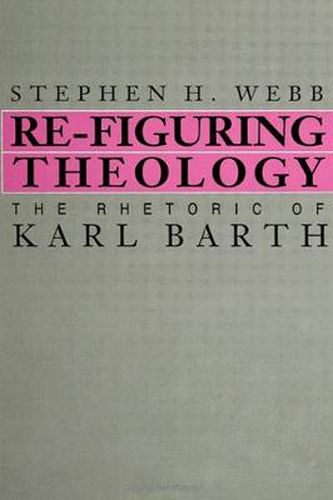Readings Newsletter
Become a Readings Member to make your shopping experience even easier.
Sign in or sign up for free!
You’re not far away from qualifying for FREE standard shipping within Australia
You’ve qualified for FREE standard shipping within Australia
The cart is loading…






Here is a rhetorical treatment of Karl Barth’s early theology. Although scholars have long noted the rhetorical power of Barth’s work, calling it volcanic and explosive, this book uses rhetoric to illuminate the peculiar nature of his prose. It displays a Barth whose prose is radically unstable and inseparable from his theological arguments. The author connects Barth’s early theology to the Expressionism of the Weimar Republic. He develops an original theory of figures of speech, relying on the philosophies of Paul Ricoeur and Hayden White, to delve more deeply into the particular configurations of Barth’s writings. Nietzsche’s hyperbole and Kierkegaard’s irony are examined as rhetorical precedents of Barth’s style. The closing chapter surveys Barth’s later, realistic theology and then suggests ways in which his earlier tropes, especially the figures of excess and self-negation, can serve to enable theology to speak today.
$9.00 standard shipping within Australia
FREE standard shipping within Australia for orders over $100.00
Express & International shipping calculated at checkout
Here is a rhetorical treatment of Karl Barth’s early theology. Although scholars have long noted the rhetorical power of Barth’s work, calling it volcanic and explosive, this book uses rhetoric to illuminate the peculiar nature of his prose. It displays a Barth whose prose is radically unstable and inseparable from his theological arguments. The author connects Barth’s early theology to the Expressionism of the Weimar Republic. He develops an original theory of figures of speech, relying on the philosophies of Paul Ricoeur and Hayden White, to delve more deeply into the particular configurations of Barth’s writings. Nietzsche’s hyperbole and Kierkegaard’s irony are examined as rhetorical precedents of Barth’s style. The closing chapter surveys Barth’s later, realistic theology and then suggests ways in which his earlier tropes, especially the figures of excess and self-negation, can serve to enable theology to speak today.